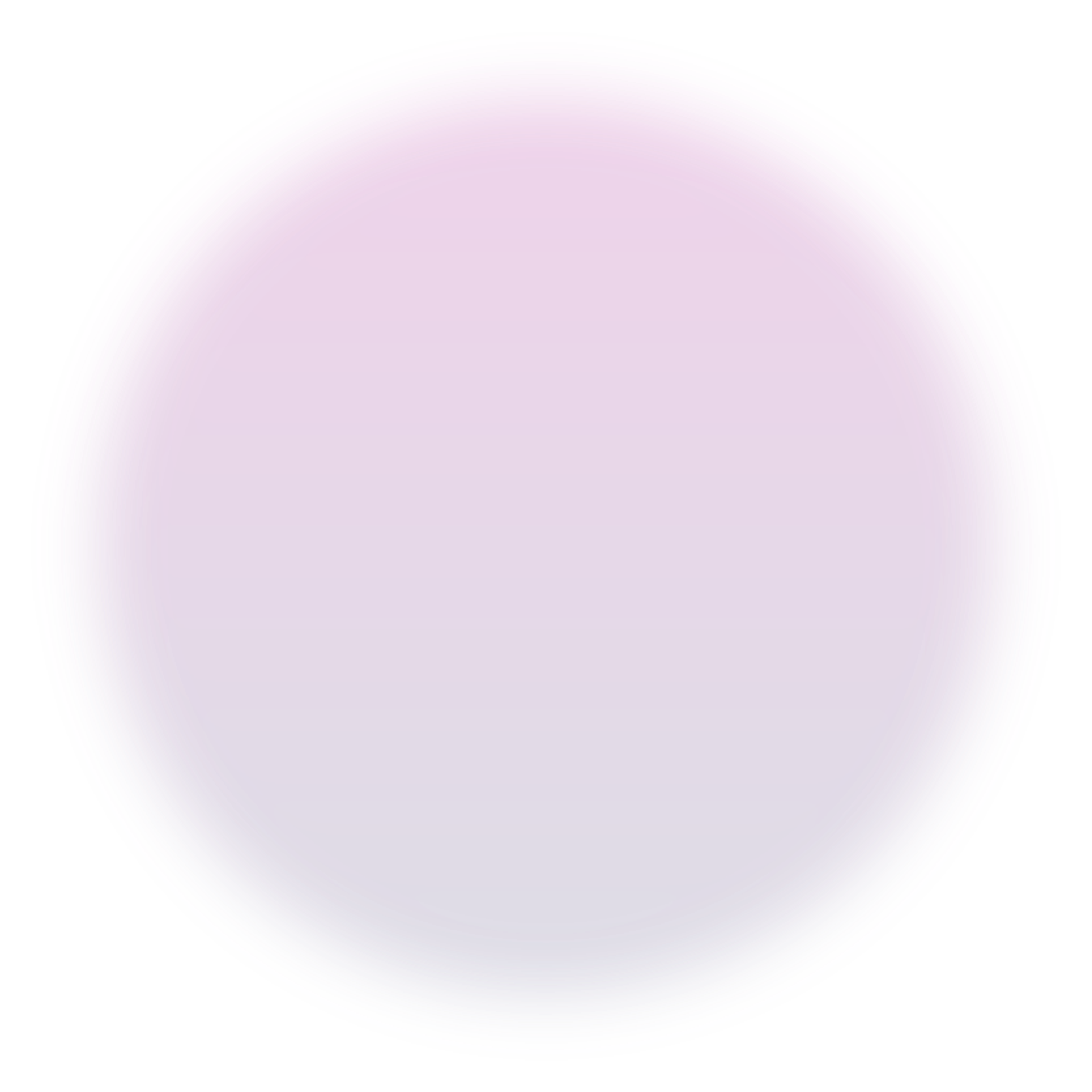

Related Resources
An overview of all GES titles and use descriptors
Learn more about GES development
GES: their development, application, and interpretation under REACH.
List of common solvent uses matched to ESIG Generic Exposure Scenario titles with examples of relevant solvent types
Mapping of GES and downstream user use maps to assist DUs in identifying the relevant GES title and supporting contributing activities relevant for their list of uses
Need more information ?
Generic Exposure Scenarios (GES)
ESIG provides guidance to solvents manufacturers and importers in Europe, helping them comply with REACH requirements. Our Generic Exposure Scenarios (GES) are widely recognized as the solvents industry standard in Europe, ensuring REACH compliance throughout the supply chain.
GES: smart and simple
With so many solvents used in hundreds of different applications, industry needed a smart, simplified approach to develop the many exposure scenarios required.
Our solution was to develop a generic approach to consolidate the many different solvent applications into Generic Exposure Scenario (GES) titles covering Workers (Industrial and Professional), Consumers and the Environment. The over 20 GES we developed cover around 90% of solvent uses today.
This cluster approach helped to substantially reduce complexity and harmonise compliance across the value chain. The resulting scenarios are also applicable to other solvent-like materials.
Developing the GES was a collaborative effort with downstream users, including ESVOC, our Downstream User Co-operation Group. This collaboration was vital to establish effective use mappings and a comprehensive phrase library.
GES: advantages
- Allows for consistent and efficient communication of solvent uses through the supply chain.
- Provides a consistent framework to evaluate risks.
- Creates a common basis for developing chemical safety assessments and reports.
- Standardises terms for use in exposure scenario narratives and safety data sheets.
The science behind GES
Chemical Safety Assessments carried out for each GES are based on ECETOC TRA V3 model exposure predictions, allocation of common risk management measures (RMMs) and have risk characterisation ratios (RCRs) that demonstrate safe use.
Several GES templates are available for reference when creating your own Worker and Consumer assessments, and also Specific Environmental Release Categories (SpERCs) to support associated environmental assessments.
Disclaimer
To the best of our knowledge and belief, the GES materials provided here are accurate, reliable and complete. We cannot, however, offer any warranties or guarantees. All users are individually responsible for their respective REACH registrations.
The science beyond GES
ESIG regularly commissions studies to improve the basis for REACH Chemical Safety Assessments (CSA). This research gives solvent users more confidence in exposure assessments carried out by suppliers and in the associated Risk Management Measures (RMMs) in Safety Data Sheets (SDS).
FAQs
What is an 'Exposure Scenario' and when is it required?
REACH requires manufacturers and importers of chemical substances like solvents to develop Exposure Scenarios (ES) as part of their registration for substances classified as hazardous and sold at 10 tonnes per year. These scenarios describe the necessary conditions to ensure the safe use of solvents, preventing harm to the environment and human health. Further information can be obtained on the ECHA website.
Do the GES comply with the latest guidance from ECHA on ‘Use Descriptors’?
A GES has been developed for each main area of application for solvents (e.g. formulation and (re)packing, coatings, cleaning agents). For each GES Title, ‘Use Descriptors’ have been defined in accordance with the ECHA guidance R12 Use Descriptors. The Use Descriptor mappings are reviewed against each latest version of the R12 guidance to ensure alignment and comments are provided.
When were the GES last updated?
Since we started producing scenarios in 2009, we have regularly updated them as needed to respond to changes in the industry and regulatory requirements. If you have any suggestions or questions, let us know at esig@cefic.be.
What should customers do on receipt of an SDS containing Exposure Scenarios (ES)?
When customers receive an updated SDS for a product requiring ESs, they will need to identify the relevant ES(s) for their particular uses. In addition, they will need to review the ESs to check whether their local situation is consistent with the operating conditions and risk management measures identified in the ES.
If a Downstream User’s (DU) use, or the conditions of use, does not appear to be covered, the DU has 12 months (REACH Article 37) from the receipt of the e-SDS to contact the supplier to request that they consider including their use/use conditions in their registration.
Further information can be obtained from ECHA.
If a product is classified as dangerous, why is there no exposure scenario on the eSDS (expanded Safety Data Sheets)?
The risk management measures for controlling exposure to substances classified because of their physico-chemical (physchem) properties, e.g. aspiration or skin dryness hazards, may be the same regardless of the type of exposure scenario.
Where these apply, the advised risk management measure may be included within the main sections of the SDS and not identified within the individual exposure scenarios.
This approach is changing. In the future, the advised risk management measures to control risks from physchem hazards will also be included in exposure scenarios annexed to the SDS. Specific details may still be included in the main sections of the SDS and referenced in the exposure scenario.
The extended-SDS is very long and complicated, what parts are essential for me to read and understand?
Please refer to the ECHA Fact Sheet Key information for Downstream users on Safety Data Sheets and Exposure Scenarios
